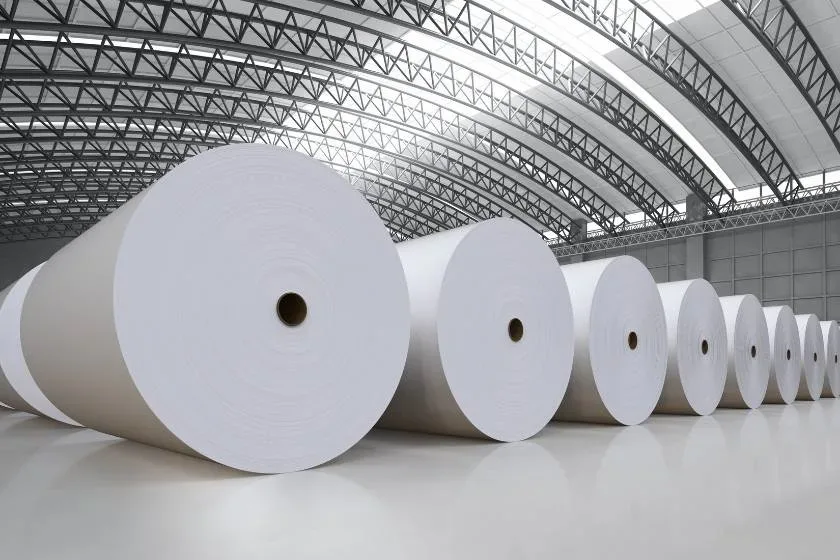Paper has played a key role in the progress of civilisation, facilitating the spread of knowledge and having a profound impact on our cultural evolution. First obtained from the materials provided by nature in the form of papyrus in 4000 BC, paper has evolved over time to reach its modern form today. In this journey, with a major turning point in China in 105 AD, the production process of paper was reshaped and this innovation spread throughout the world, revolutionising the sharing of information. With the start of domestic paper production during the Ottoman period and the establishment of a paper mill in Yalova in 1744, the use of paper has become an indispensable part of our daily lives. The fact that we consume millions of tonnes of paper every day shows that paper production is a need that requires to remain constantly active.
Paper production is basically realised by making use of cellulose. Cellulose is a natural polymer found in the cell structure of plants and the wood is processed to obtain the cellulose required for paper production. As cellulose is no longer produced in Turkey, this raw material is sourced from abroad and used for the paper production process. The production process starts by mixing cellulose sheets with water. This mixture is followed by sieving the low density dry matter to form pulp. The pulp then goes through a series of drying processes in which the water in it is reduced by half. This process requires the economical use of water; the water taken into the system is used repeatedly, ensuring environmental sustainability.
The pulp is sent to the drying cylinders and dried under high temperature to take the familiar form of paper. At this stage, computer-controlled machines make the production process both easier and safer. The final process is the coating of the paper with starch to fill the gaps between the fibres and create a smooth surface. The thickness and weight of the paper are determined in the calender unit. In this unit, the paper reaches the desired fineness with pressure and temperature. Finally, samples are taken for quality control and the paper is made ready for distribution according to the areas of use.
This paper focuses on the evolution and importance of paper, from the history of paper production to today’s production processes. Paper is not only a means of communication, but also plays a fundamental role in the transmission of cultural and scientific developments. Today, the consumption and production of paper continues in harmony with sustainability and environmentally friendly methods, thus preserving the value and accessibility of information for future generations.









